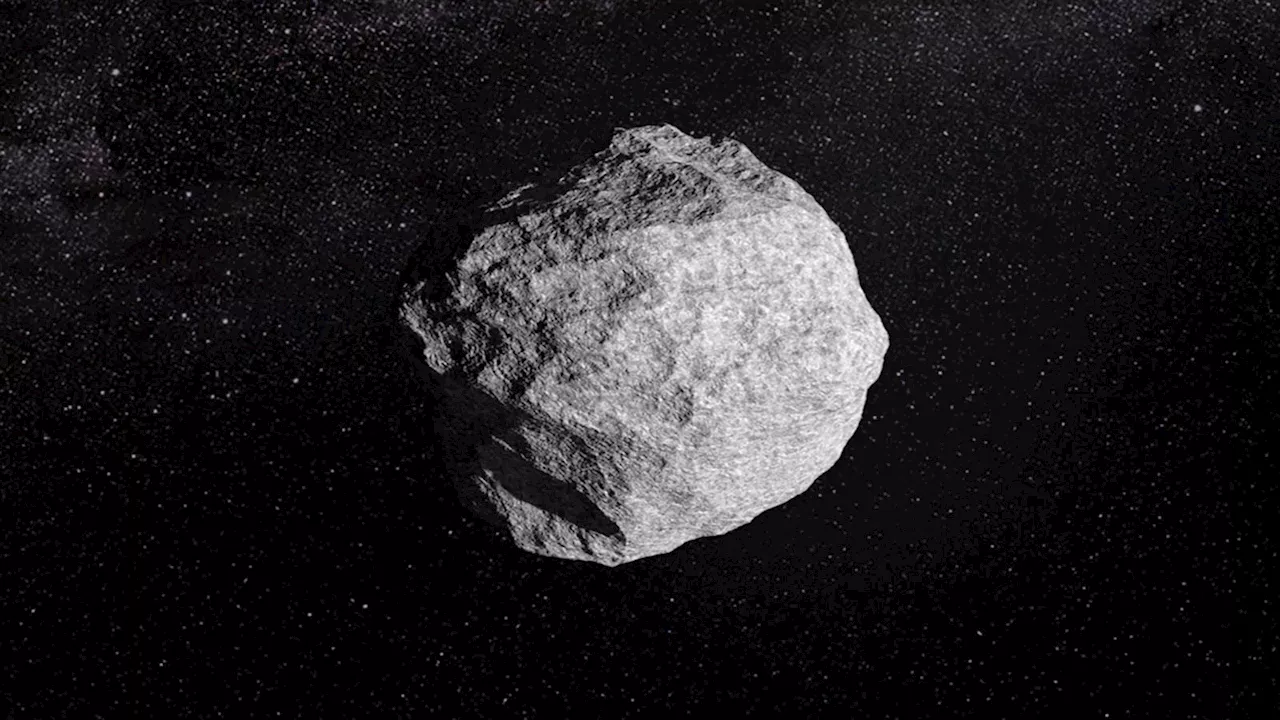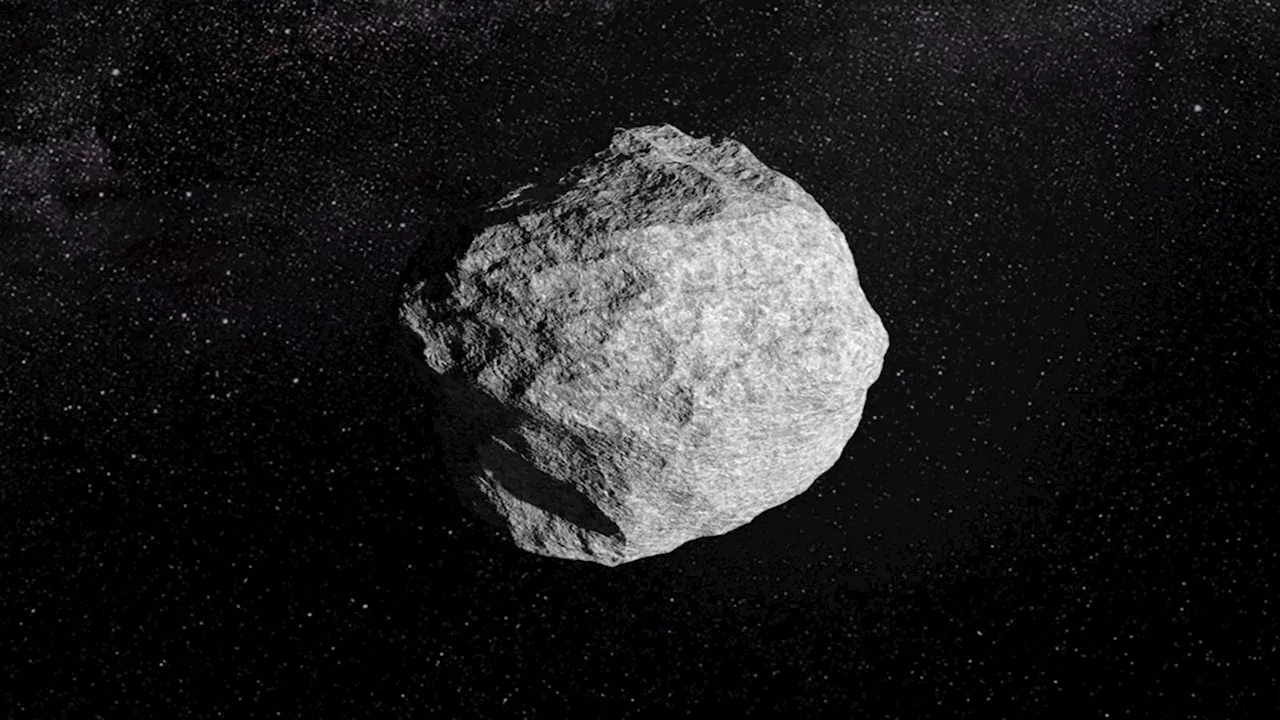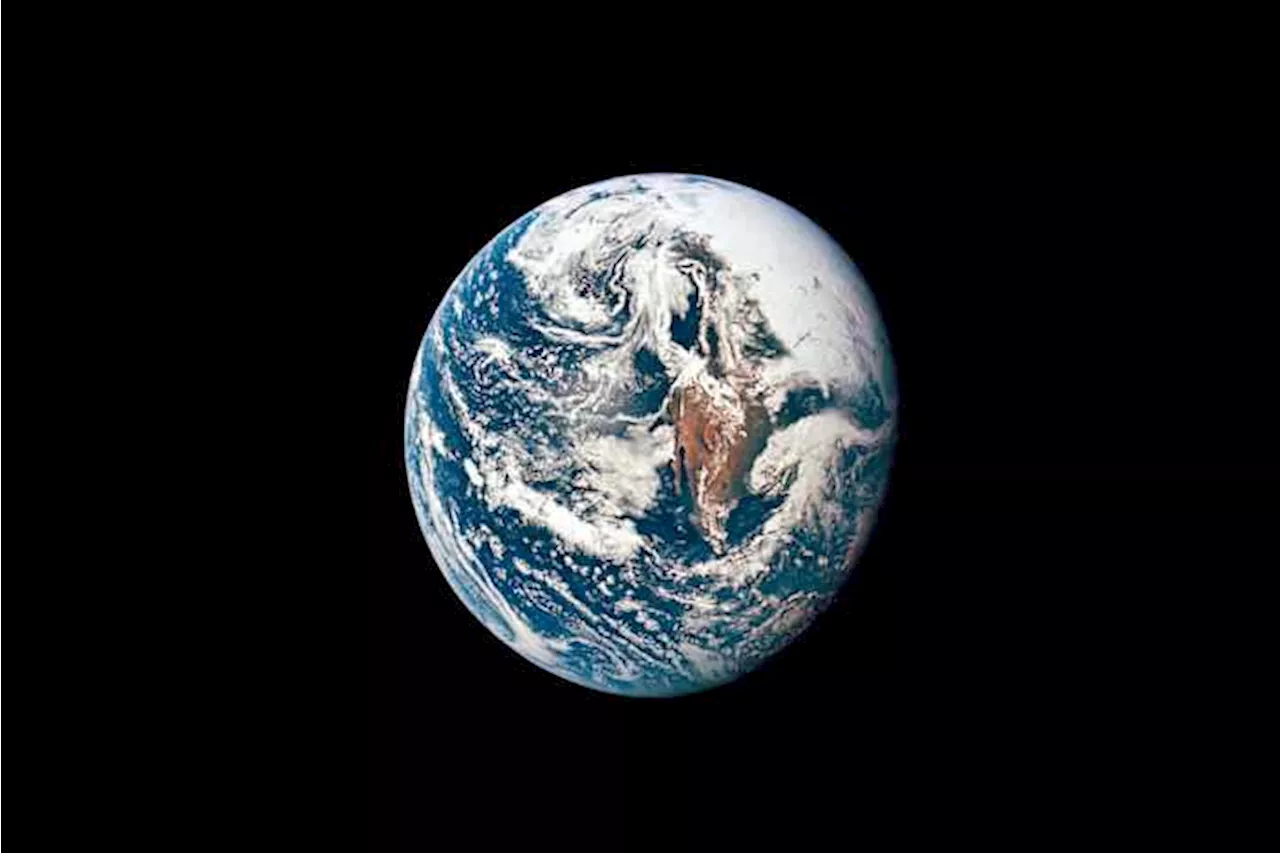A recently discovered asteroid, 2024 YR4, has a 2% chance of colliding with Earth in 2032, but experts stress that the probability is still low. NASA and the European Space Agency are closely monitoring its trajectory and will observe it in March using the Webb Space Telescope.
A newly discovered asteroid, 2024 YR4 , has sparked some concern as its path around the sun is being closely tracked. While the chance of it colliding with Earth in 2032 is currently estimated at 2%, experts emphasize that this is still an exceptionally low probability. NASA and the European Space Agency's Webb Space Telescope are planning to observe this near-Earth asteroid in March, which will help scientists refine its trajectory and size.
Until then, the risk level will likely fluctuate, possibly even dropping to zero as our understanding of its orbit improves.Asteroids, remnants from the solar system's formation, are rocky bodies orbiting the sun. Millions reside in the main asteroid belt between Mars and Jupiter, but some can be dislodged and venture closer to Earth. 2024 YR4, detected in December by a telescope in Chile, is estimated to be between 130 and 300 feet in diameter. Its potential impact, should it occur, would depend on its exact size and point of impact. A smaller asteroid could cause localized damage similar to the Tunguska event in 1908, while a larger one could have significantly more severe consequences.NASA is actively monitoring the asteroid's path and has already demonstrated its ability to nudge asteroids off course through its 2022 Dart mission, which successfully altered the orbit of a harmless asteroid. Experts urge the public not to panic, emphasizing that the current risk level is minimal and that scientists are diligently working to assess the situation. Once the Webb telescope provides more precise measurements, NASA will be able to better predict the potential impact and develop any necessary deflection strategies
Asteroid 2024 YR4 Earth Collision NASA Webb Space Telescope Planetary Defense
United States Latest News, United States Headlines
Similar News:You can also read news stories similar to this one that we have collected from other news sources.
 Asteroid 2024 YR4: Potential Threat to Earth in 2032A recently discovered asteroid, 2024 YR4, poses a potential threat of colliding with Earth in 2032. While a global impact is unlikely, the asteroid could cause significant damage upon impact. NASA is monitoring the asteroid's trajectory closely.
Asteroid 2024 YR4: Potential Threat to Earth in 2032A recently discovered asteroid, 2024 YR4, poses a potential threat of colliding with Earth in 2032. While a global impact is unlikely, the asteroid could cause significant damage upon impact. NASA is monitoring the asteroid's trajectory closely.
Read more »
 Near Earth Asteroid 2024 YR4 Has Slight Chance of Collision in 2032A newly detected asteroid, 2024 YR4, has a greater than one percent chance of colliding with Earth in about eight years. While scientists are not panicking, they are closely monitoring the object. A city-level devastation is possible depending on the impact site. Experts say there is still enough time to prepare and explore deflection strategies.
Near Earth Asteroid 2024 YR4 Has Slight Chance of Collision in 2032A newly detected asteroid, 2024 YR4, has a greater than one percent chance of colliding with Earth in about eight years. While scientists are not panicking, they are closely monitoring the object. A city-level devastation is possible depending on the impact site. Experts say there is still enough time to prepare and explore deflection strategies.
Read more »
 Asteroid 2024 YR4 Poses Potential Threat to Earth in 2032Experts are closely monitoring an asteroid that has a small chance of impacting Earth in 2032. While the risk is currently assessed as low, NASA emphasizes that the probability of collision may fluctuate as more data becomes available.
Asteroid 2024 YR4 Poses Potential Threat to Earth in 2032Experts are closely monitoring an asteroid that has a small chance of impacting Earth in 2032. While the risk is currently assessed as low, NASA emphasizes that the probability of collision may fluctuate as more data becomes available.
Read more »
 Asteroid 2024 YR4: Potential Threat to Earth in 2032An asteroid discovered by NASA-funded telescopes has a small chance of impacting Earth in 2032. While astronomers are confident it will most likely miss our planet, the possibility highlights the ongoing effort to monitor and assess potential asteroid threats.
Asteroid 2024 YR4: Potential Threat to Earth in 2032An asteroid discovered by NASA-funded telescopes has a small chance of impacting Earth in 2032. While astronomers are confident it will most likely miss our planet, the possibility highlights the ongoing effort to monitor and assess potential asteroid threats.
Read more »
 Asteroid 2024 YR4 Slightly Increases Risk of Hitting Earth in 2032A recently discovered asteroid, 2024 YR4, has a 2.2% chance of impacting Earth on December 22, 2032, according to the European Space Agency. While the risk assessment has increased from 1.2% last week, astronomers expect the percentage to evolve as more observations are gathered.
Asteroid 2024 YR4 Slightly Increases Risk of Hitting Earth in 2032A recently discovered asteroid, 2024 YR4, has a 2.2% chance of impacting Earth on December 22, 2032, according to the European Space Agency. While the risk assessment has increased from 1.2% last week, astronomers expect the percentage to evolve as more observations are gathered.
Read more »
 Asteroid 2024 YR4 Has Slightly Increased Chance of Hitting Earth in 2032A recently discovered asteroid named 2024 YR4 has a 2.2% chance of impacting Earth on December 22, 2032, according to the European Space Agency. This risk assessment, up from 1.2% last week, is based on new observations. Astronomers expect the percentage to fluctuate as more data becomes available. The ESA emphasizes that the likelihood of a collision is likely to be minimized as they gather more precise information about the asteroid's trajectory.
Asteroid 2024 YR4 Has Slightly Increased Chance of Hitting Earth in 2032A recently discovered asteroid named 2024 YR4 has a 2.2% chance of impacting Earth on December 22, 2032, according to the European Space Agency. This risk assessment, up from 1.2% last week, is based on new observations. Astronomers expect the percentage to fluctuate as more data becomes available. The ESA emphasizes that the likelihood of a collision is likely to be minimized as they gather more precise information about the asteroid's trajectory.
Read more »
